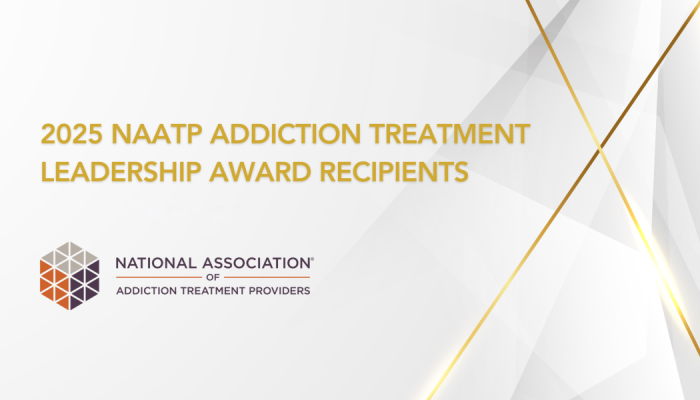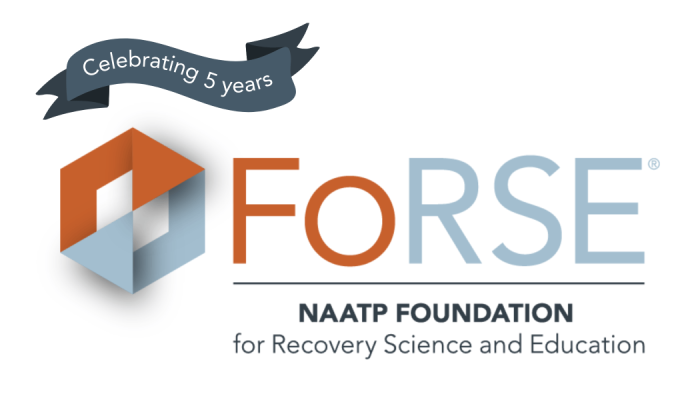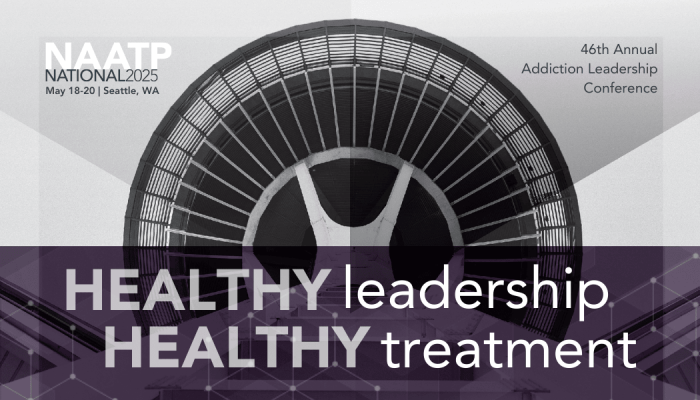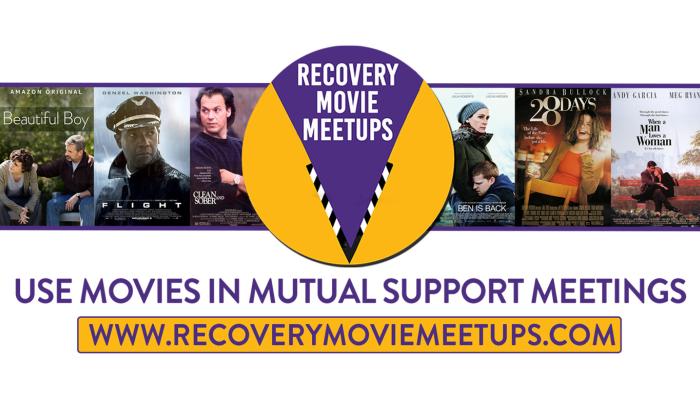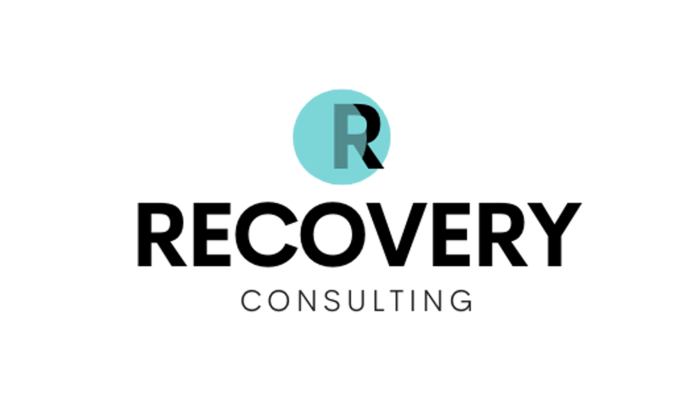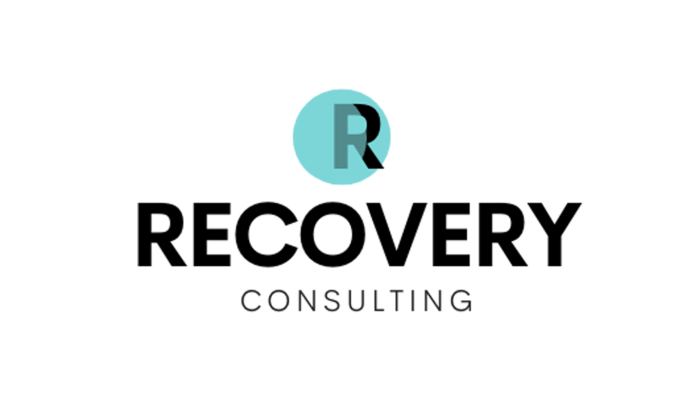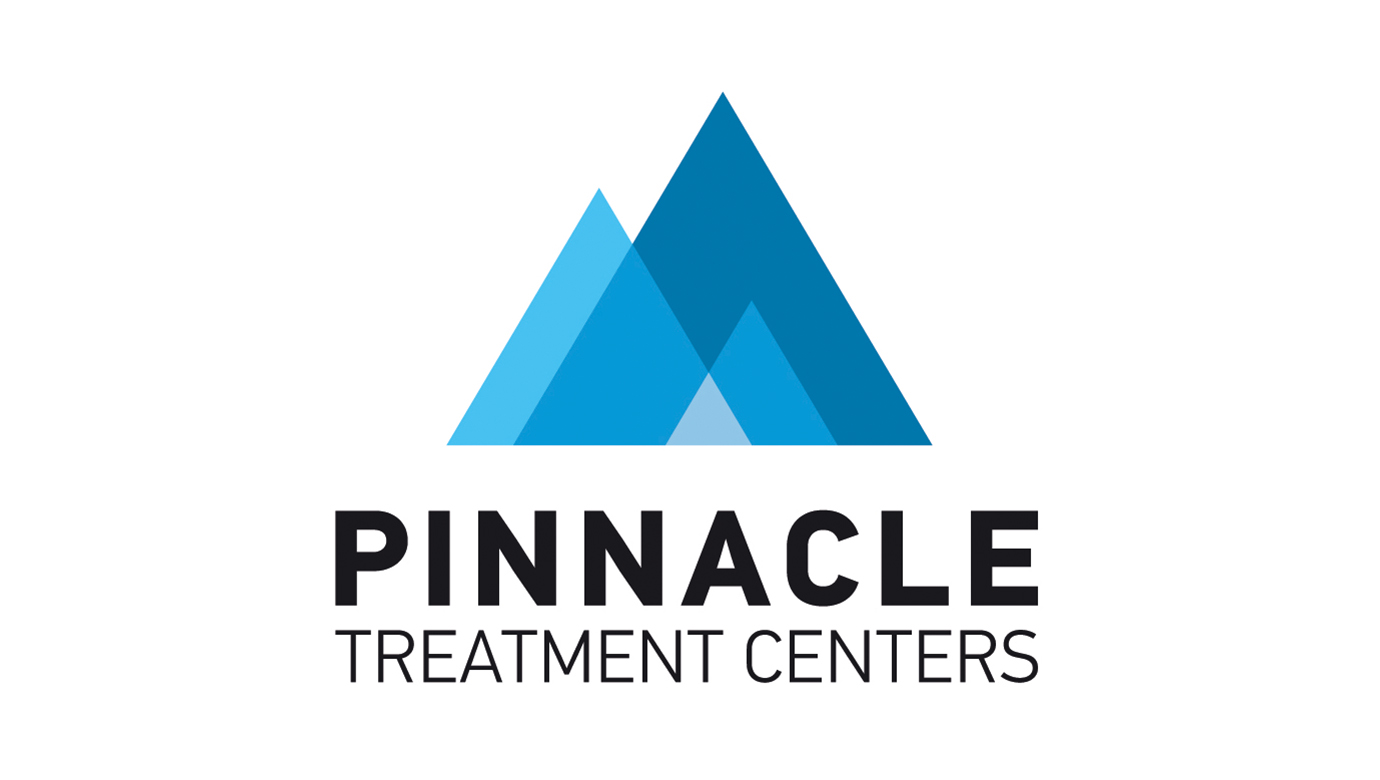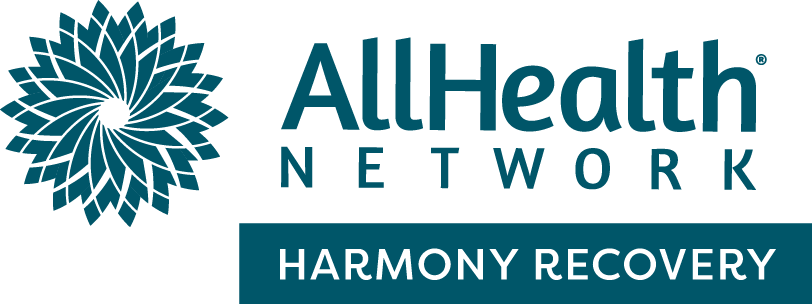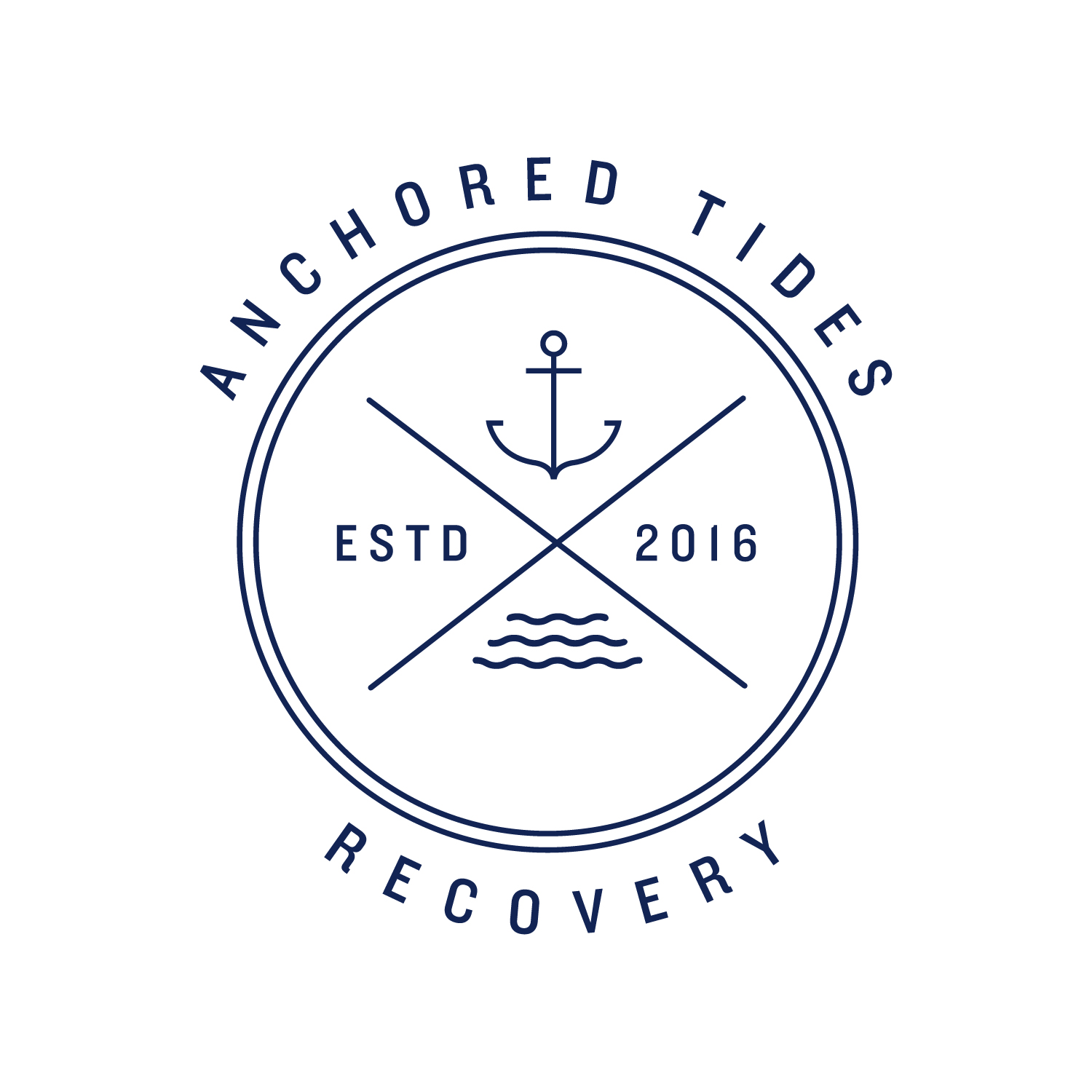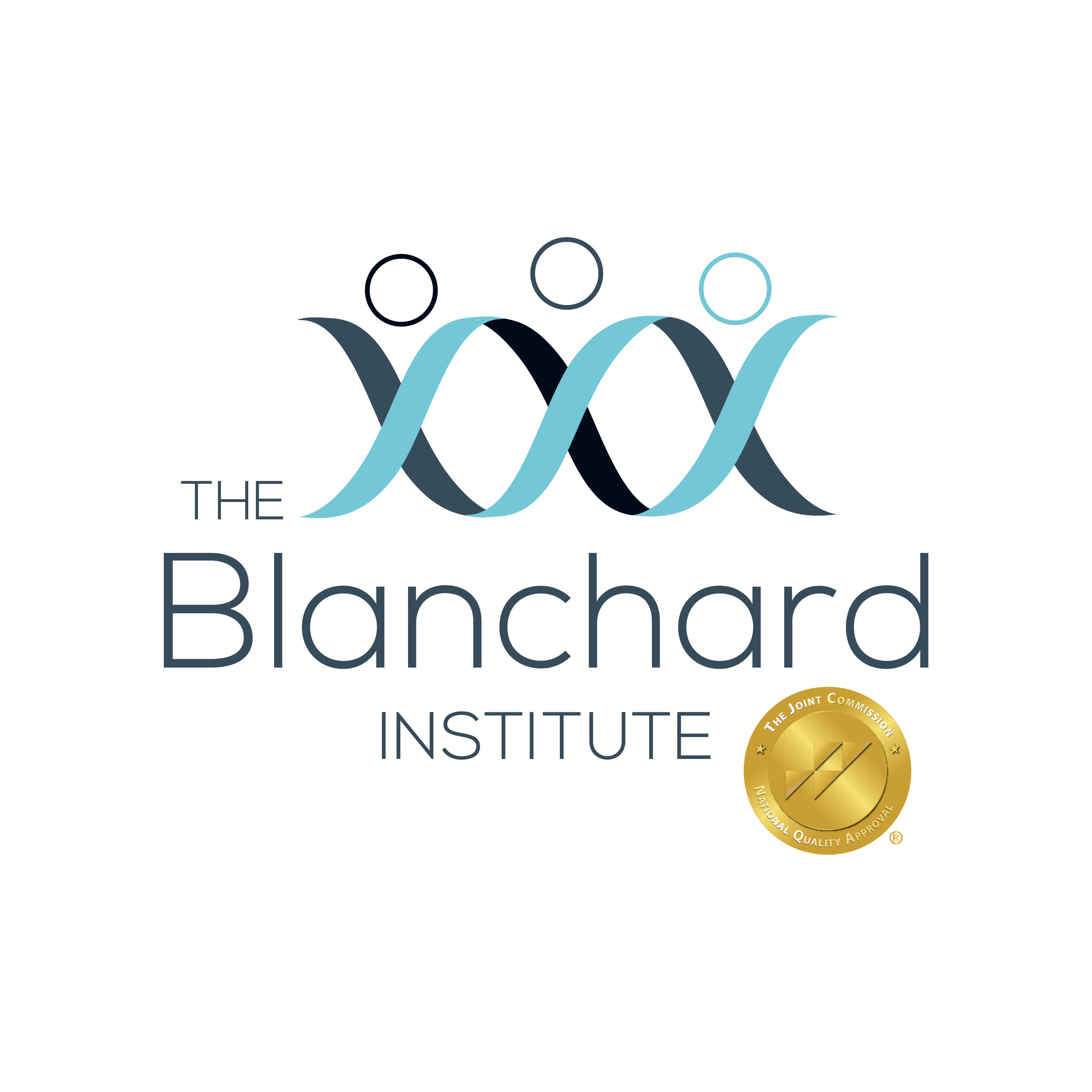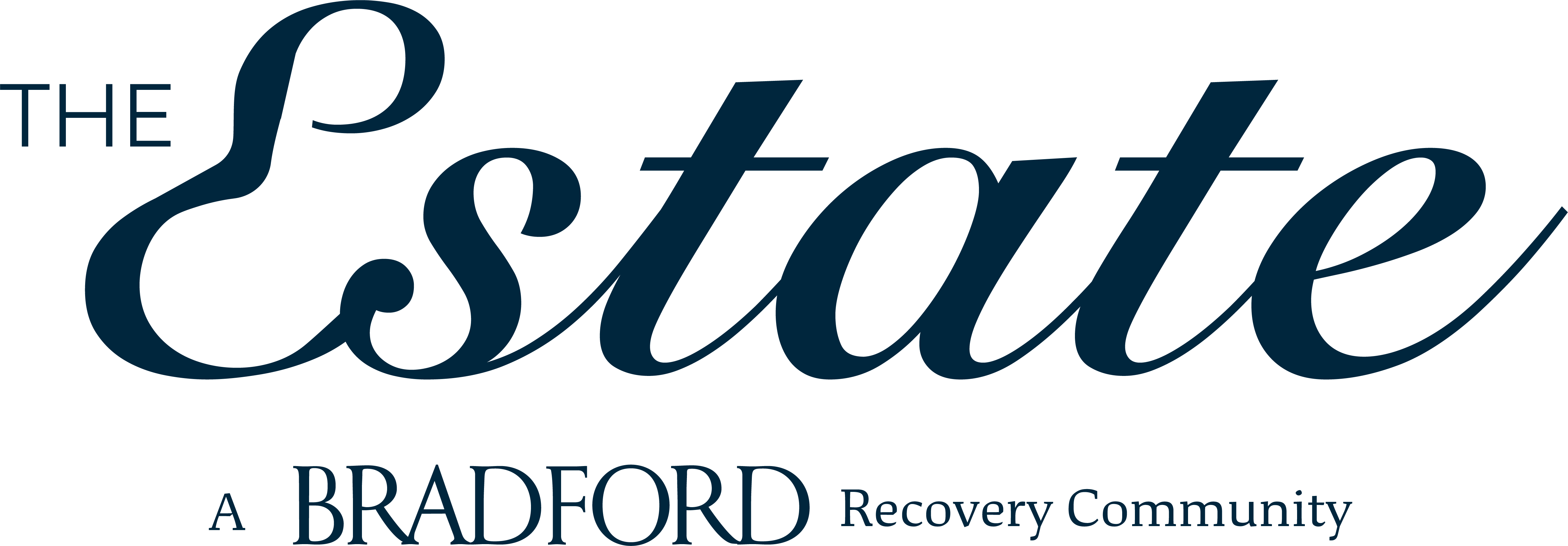Mar 18, 2022
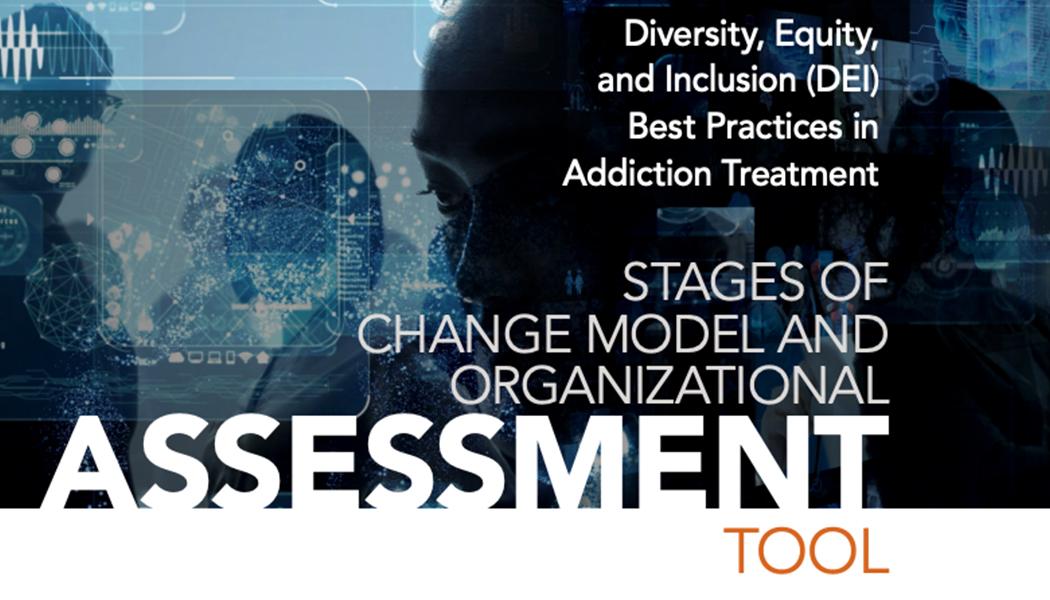
Many providers of addiction and recovery services who are eager to promote health equity, establish a more diverse staff and client base, and develop more inclusive work and clinical environments, are not familiar with the multitude of resources available in this process. Just as treatment providers apply the Stages of Change Model in their work with patients, this model can help leaders chart a path to Diversity, Equity, Inclusivity & Belonging (DEIB) best practices throughout their organizations.
NAATP’s DEI Best Practices in Addiction Treatment Model and Assessment Tool was created in 2021 to help providers – both those just starting this work and those who are well on their way – to identify areas for growth, develop specific action steps, and gauge their progress.
NAATP has developed a webinar that introduces this Tool and discusses its goals and utilization.
What is the purpose of this tool?
The purpose of this tool is to inspire conversations that lead to action. The tool is intended to invite addiction and recovery service professionals and organizations into this work collaboratively and encourage them to assess their readiness and capacity for driving change in addiction healthcare equity, inclusion, and belonging among their staff, clientele, and communities.
How was this tool created?
This tool was created in consultation with the NAATP DEIB Advisory Committee, which was established in 2020 to discuss the impact of systemic racism and other forms of discrimination and oppression in addiction treatment and recovery. In the first meeting of this Committee, the group was asked, “If you could implement one change right away to improve our field with respect to increasing equity in treatment access and improving outcomes, what would it be?” The responses to that question identified three themes:
- Lack of diversity within the workforce and leadership in addiction treatment
- Lack of equity in access to care for People of Color, people in the LGBTQ+ community, and individuals from other historically marginalized communities
- Lack of inclusivity and cultural competency in patient care and workplace environments
The Committee advised NAATP on potential resources that could be developed to address each of these areas. Because treatment and recovery organizations vary in size, resources, and the extent to which they have focused on DEI throughout their history, the field needed a starting point. After reviewing numerous organizational assessments across many fields, the Committee recognized the lack of a tool specific to this field and recommended that NAATP create a resource for addiction and recovery leaders wanting to drive change.
The Stages of Change model (also called the Transtheoretical Model, developed by Prochaska & DiClemente in the 1970s) is familiar to most recovery professionals as a roadmap for assessing and motivating positive change in people’s lives. Applying this model to DEI allows organizations to use familiar language to assess where they are on the continuum of equity-focused action, develop awareness of areas for improvement, and identify action steps.
The Meyer Memorial Trust DEI Spectrum Tool (2018) focuses on five points along a DEIB action continuum from “Not Yet Started” to “Exemplary/Leading,” which are analogous to the Stages of Change. The Meyer tool describes organizational characteristics at different points on this continuum for twelve different dimensions of DEIB work, such as DEI Vision, Leadership, Data, and Community. The language and structure of this tool was adapted with permission to create the NAATP DEI Best Practices Tool. Like the Meyer Tool, the NAATP tool was developed to provide a baseline and an opportunity to recognize strengths and opportunities for growth, without judgment that can be inherent in assessment of the complexities of an organization’s DEI journey.
How can an organization utilize the assessment?
Organizations can use this tool to ask themselves where they lie on the change spectrum within the nine focus areas. The intent is to garner from leaders what steps they have taken, or have yet to take, in advancing DEI and to encourage them to think strategically and operationally about where they can go next. Leaders can complete the complete the tool individually, followed by a group discussion. It is essential to: 1) ensure that every member of leadership – from team leaders and managers to executives – feels their perspective is valued, and 2) an environment for discussion is created where every person feels safe to give their honest opinions. An external facilitator or dedicated DEI staff person is recommended for these discussions to ensure a sense of safety, inclusion, and belonging.
This tool is not recommended to be used with all staff, as many staff members might not be familiar with some organizational practices (e.g., whether they collect and disaggregate data). Numerous climate surveys exist that can be used across all staff, and NAATP can provide recommendations for organizations wishing to assess staff perspectives on DEI practices.
NAATP’s own journey toward advancing equity and belonging in the addictions field requires us to understand our members’ strengths and needs. Therefore, NAATP has provided a portal for individual leaders to submit their ratings on the tool confidentially. For each member organization, responses will be tallied, summarized, and communicated to a contact person. Individual responses will be kept confidential, and organization-level summary results will not be shared outside of the organization. Below is a link to the portal, which can be provided to all members of a leadership team who wish to participate.
Once the assessment is completed, how can results be used to implement change?
As in clinical care, a plan of action should follow, and be informed by, assessment. The post-assessment discussion among leadership may reveal areas for improvement and opportunities for change. Development of short- and long-term goals, benchmarks, and a mechanism to measure change will be helpful in hardwiring DEIB throughout an organization.
Once the Stages of Change tool is used with leaders, the group can collaboratively identify areas to focus on to create systemic and cultural changes in the organization. Specific next steps will differ for different organizations, depending on resources and priorities. Some organizations have internal staff with the interest, capacity, and experience to lead implementation efforts, and others may wish to bring on new staff or engage with external consultants with expertise in DEIB. Regular review of the tool may be helpful to track progress.
Best practice in addiction healthcare equity, inclusion, and belonging requires open, empathic communication among leadership and all staff at an organization, supported by dedicated resources and effort to self-examine, train, implement change, measure effectiveness, and communicate in meaningful ways with all stakeholders as well as underserved communities. Moreover, this work must be accompanied by recovery and healing from the impact of racial, socioeconomic, and other forms of trauma that is present in each one of us and those we serve. This can be accomplished through trauma-informed principles such as safety, transparency, peer support, collaboration, empowerment, choice, and cultural responsivity. Leaders can model these principles, and a multitude of resources are available to support you in this journey.




